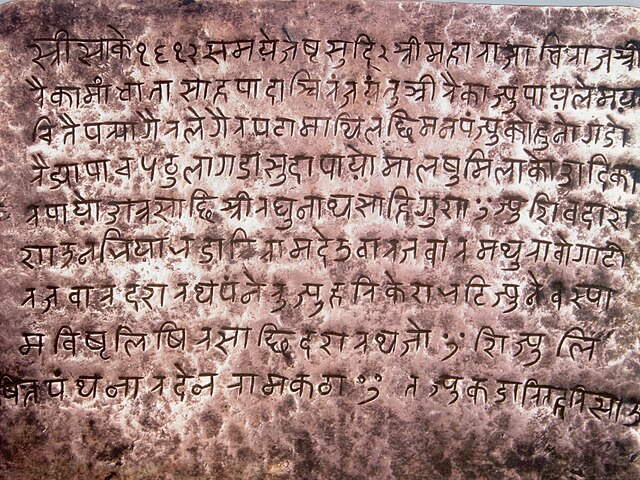Top Qs
Timeline
Chat
Perspective
Baise Rajya
Former confederation in Nepal From Wikipedia, the free encyclopedia
Remove ads
The Baise Rajya (Nepali: बाइसे राज्यहरू, lit. ‘22 kingdoms’) were sovereign and intermittently allied petty kingdoms in the western hills of what is now Nepal, located around the Karnali–Bheri river basin. These kingdoms were ruled by local dynasties, including both Magar and Khas chieftains, depending on the region. Several of these kingdoms, particularly in areas like Rukum, Rolpa, and Pyuthan, had strong Magar leadership and populations. The Baise states maintained varying degrees of independence until they were gradually annexed during the unification of Nepal from 1744 to 1810. Although Prithvi Narayan Shah (r. 1743–1775), the founder of the Gorkha kingdom, initiated the unification, it was completed under his successors by the end of the 18th century.


The 22 principalities were Jumla, Doti, Jajarkot, Bajura, Gajur, Malneta, Thalahara, Dailekh District, Dullu, Duryal, Dang, Sallyana, Chilli, Tulsipur State, Darnar, [1] Atbis Gotam, Majal, Gurnakot, and Rukum.[a] These Baise states were ruled by Khasas and several decentralized tribal polities.[3]
Remove ads
List of Rajyas (22 states)
Summarize
Perspective
A parallel confederation of 24 principalities Chaubisi rajya (Nepali: चौबिसी राज्य) occupied most of the Gandaki basin east of the Baisi.
Remove ads
See also
Notes
Citations
Wikiwand - on
Seamless Wikipedia browsing. On steroids.
Remove ads
